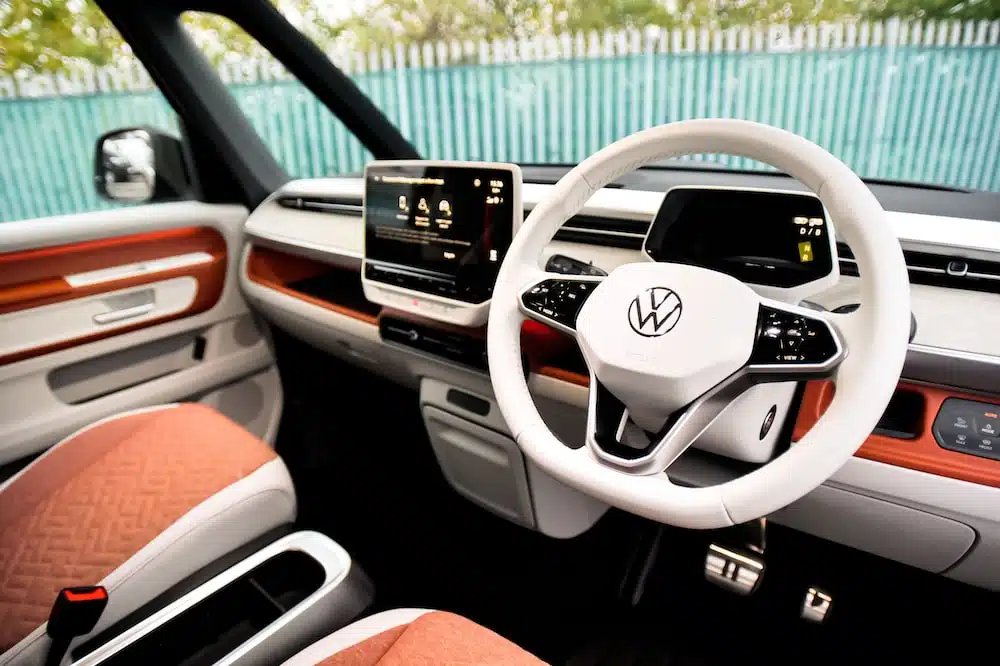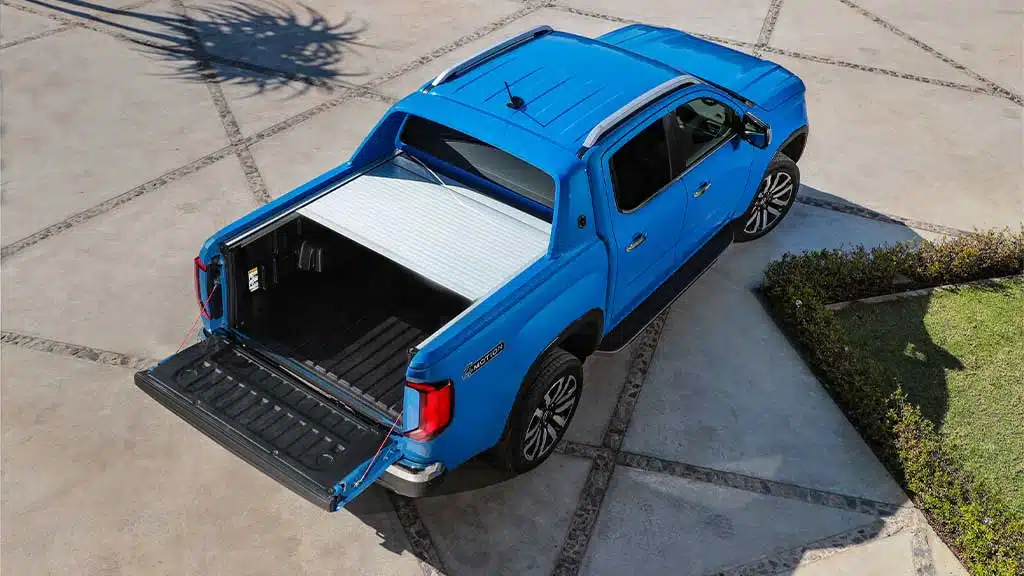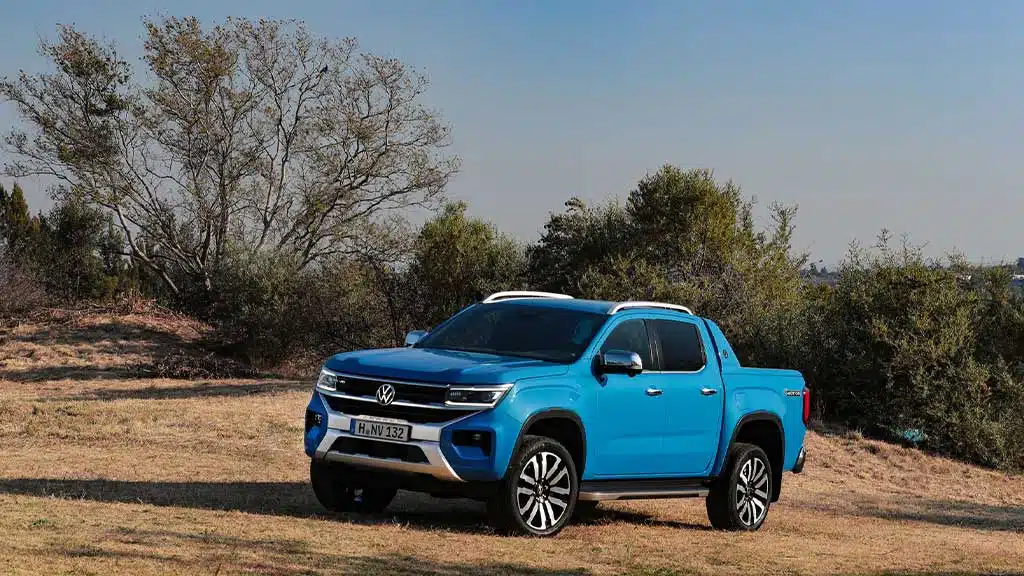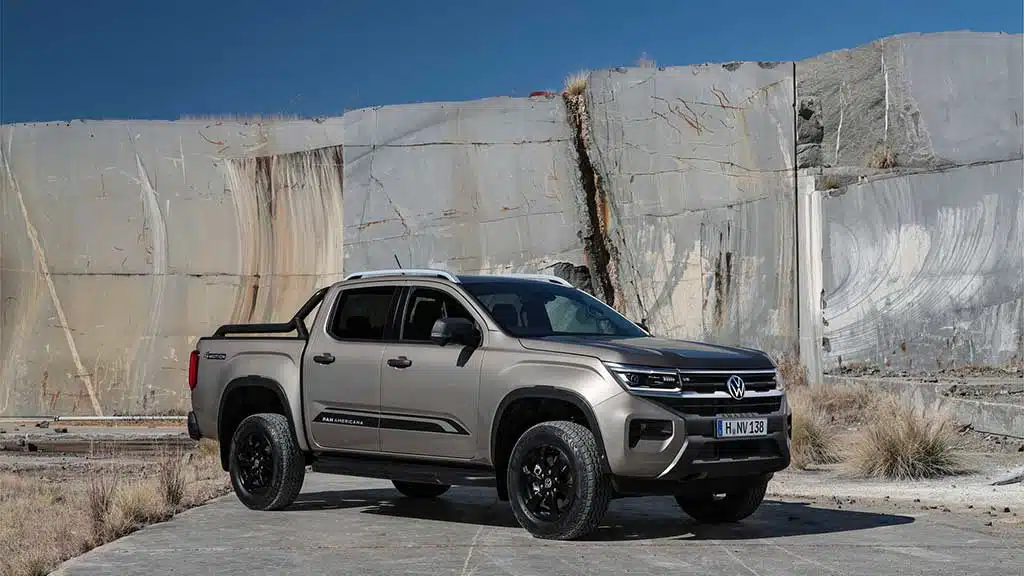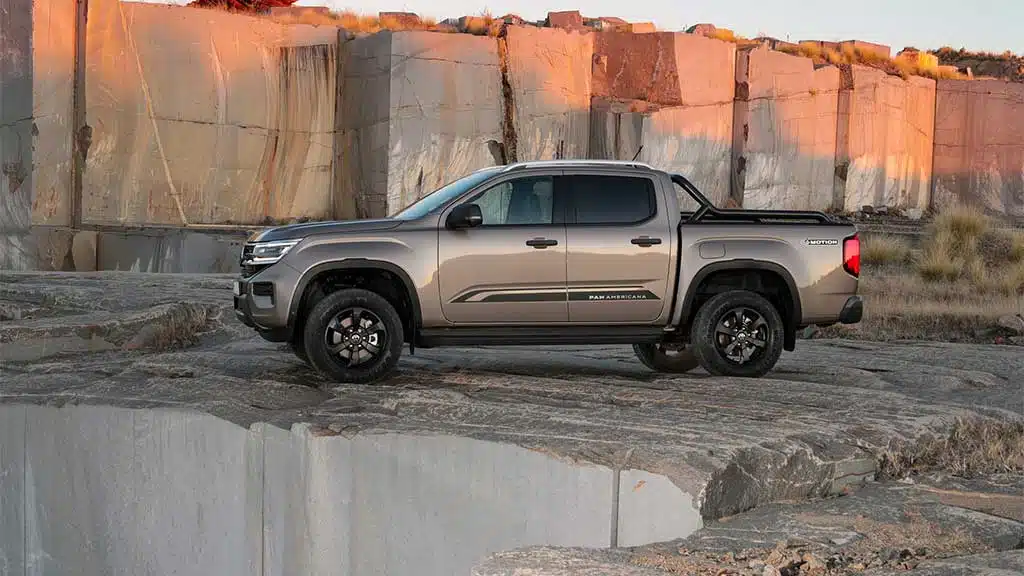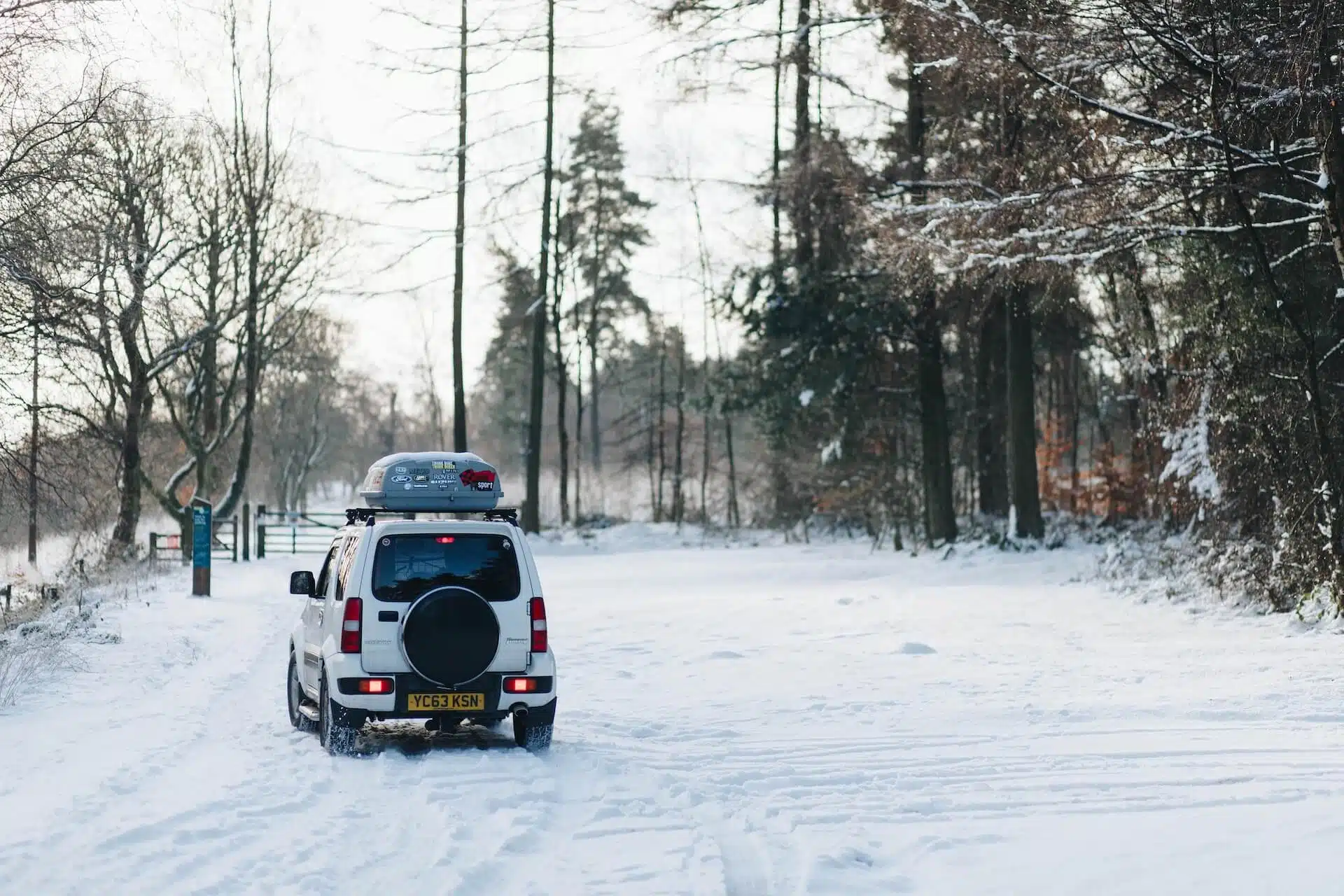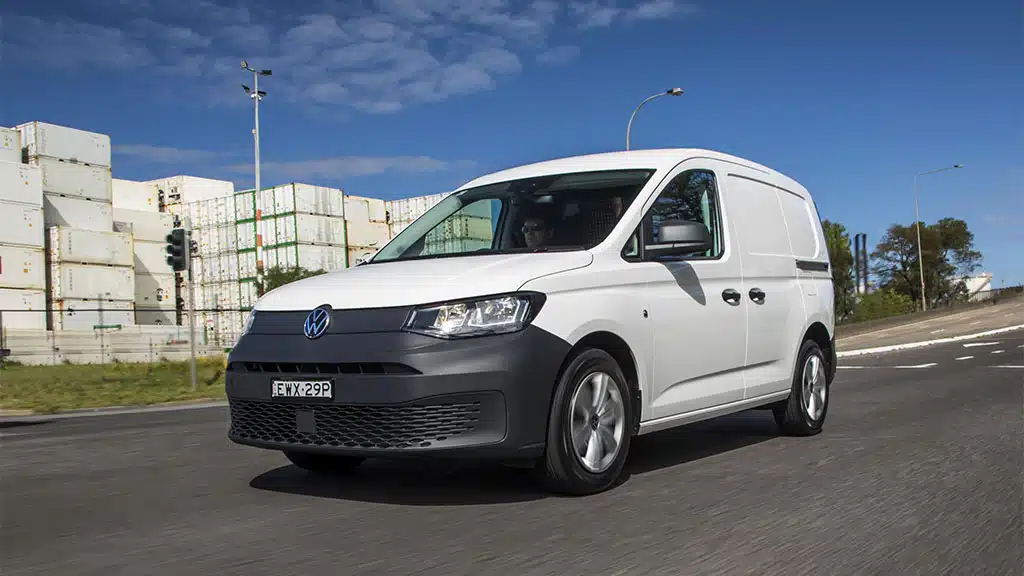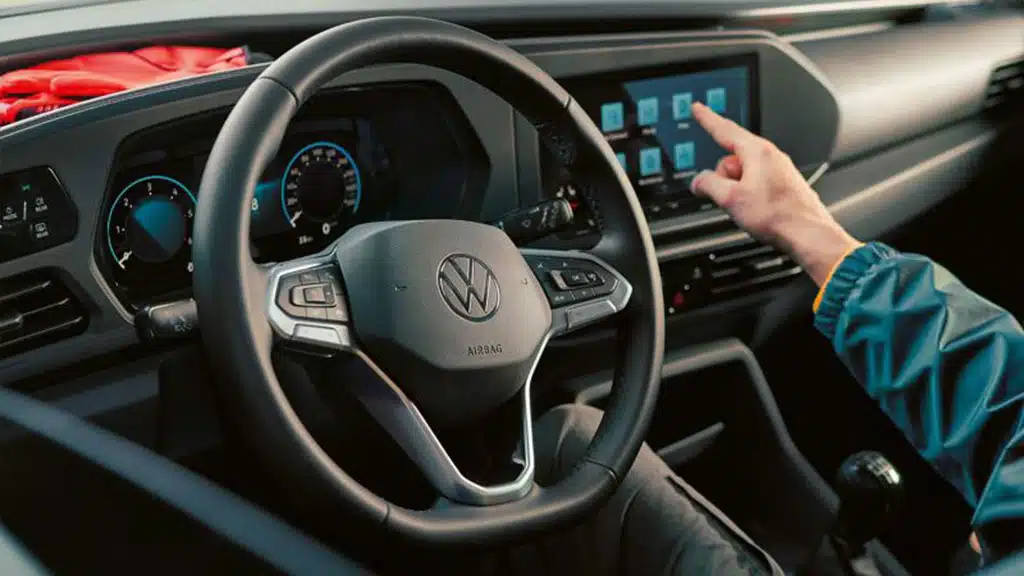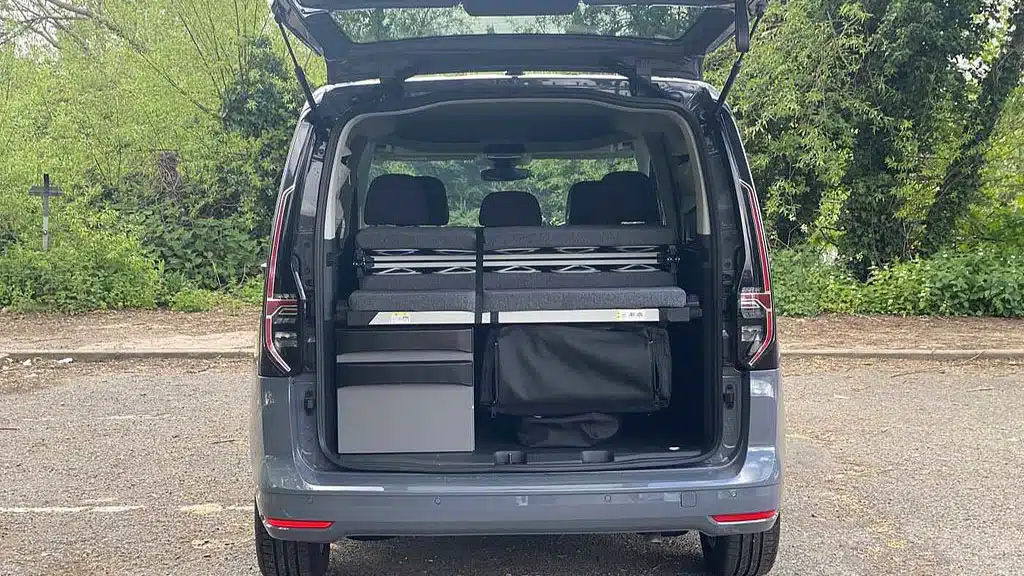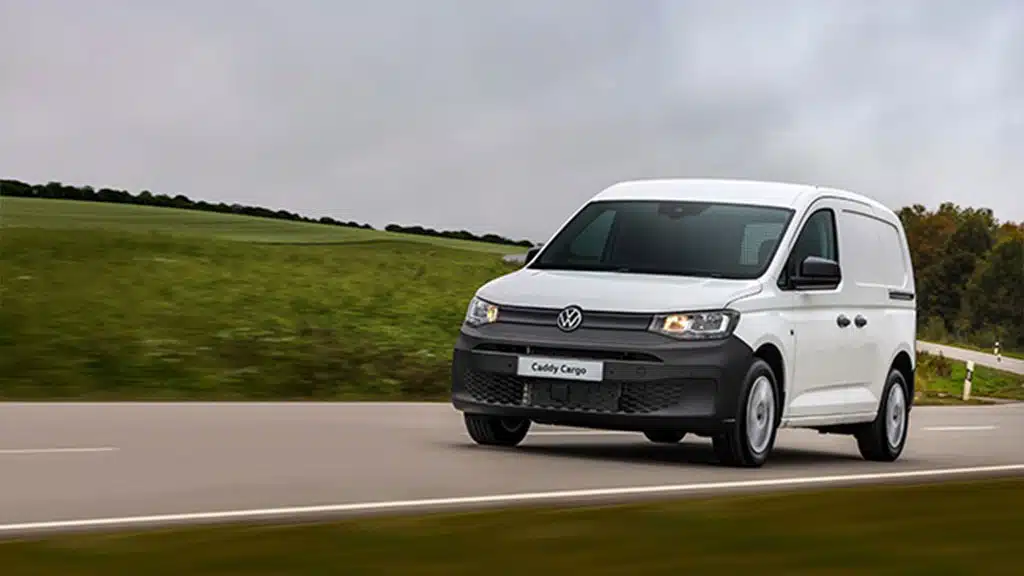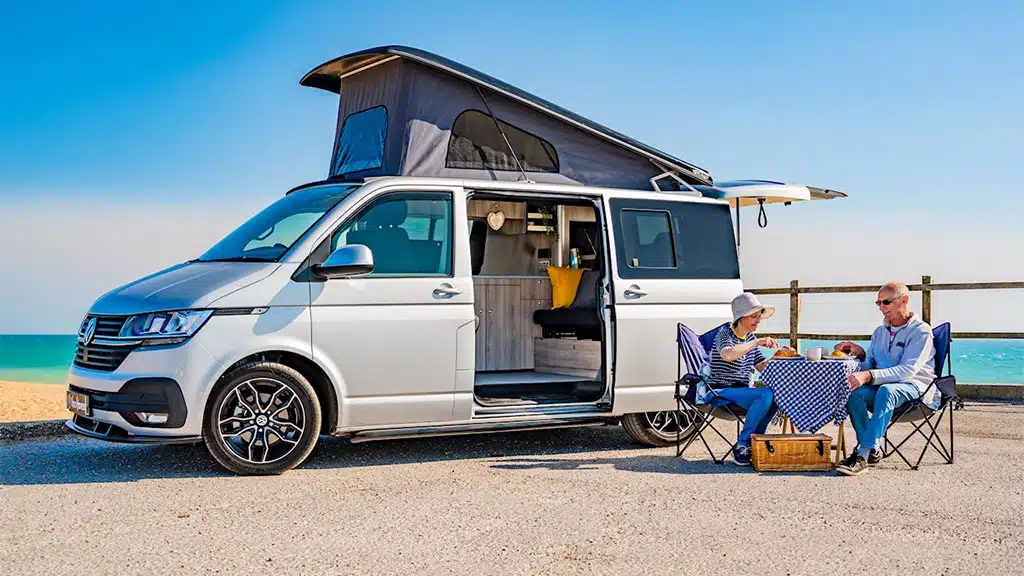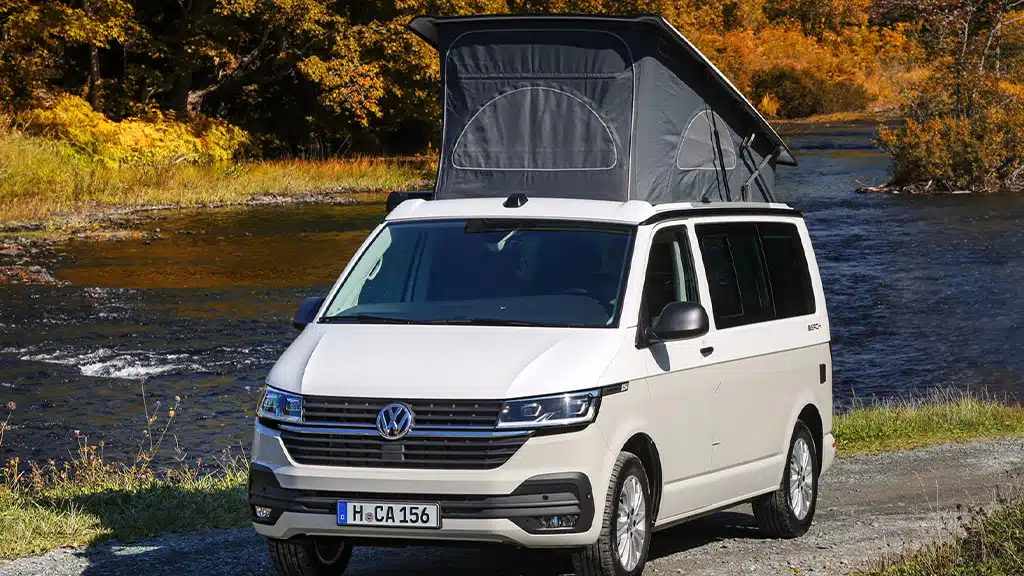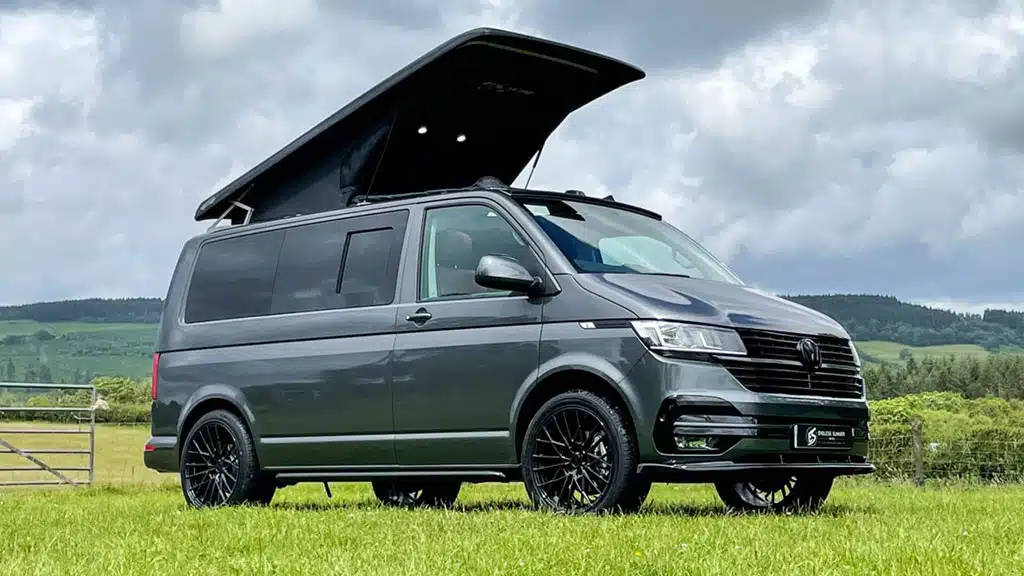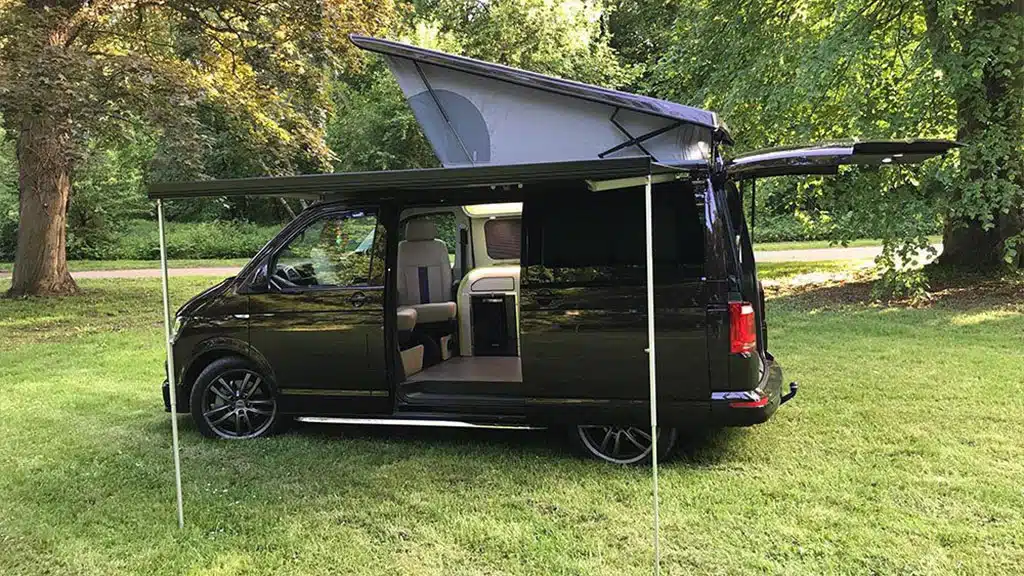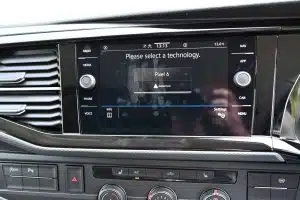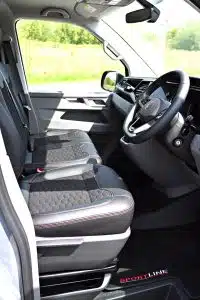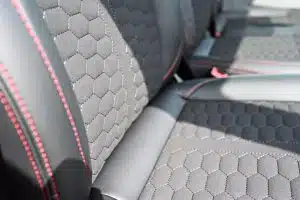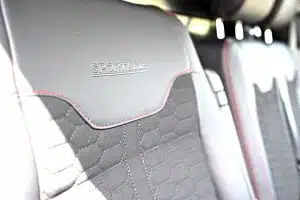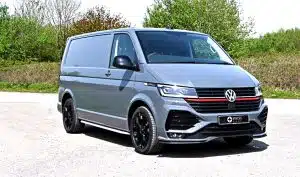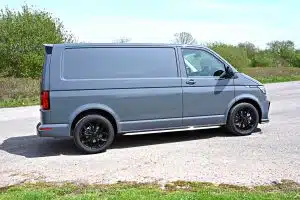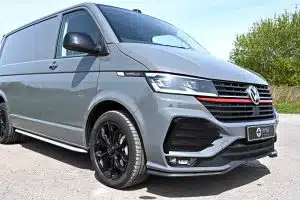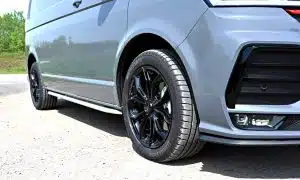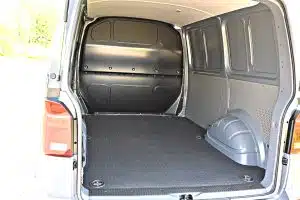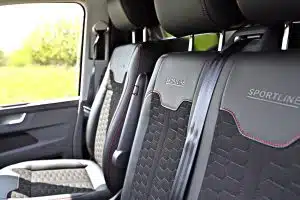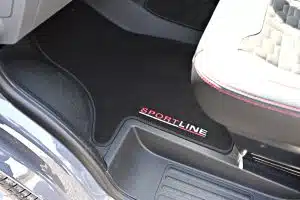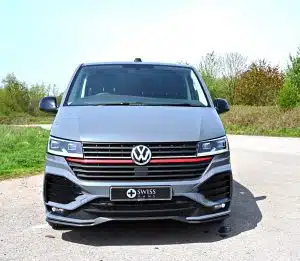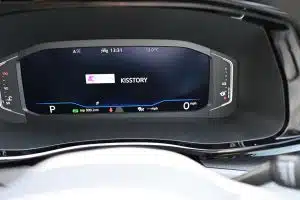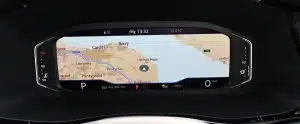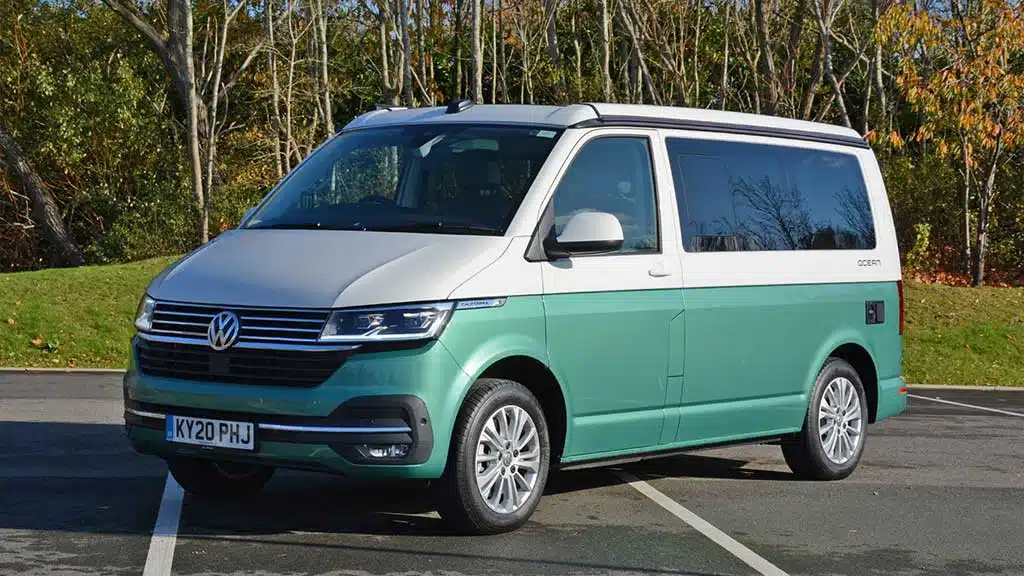The Ultimate Guide to VW Transporter Digital Cockpit: Everything You Need to Know

Image Source: Unsplash
The VW Transporter is an iconic vehicle known for its versatility, reliability, and innovative features. One of the standout features of the latest generation VW Transporter is the Digital Cockpit, a state-of-the-art instrument cluster that offers a range of functionalities and enhances the driving experience. In this comprehensive guide, we will explore everything you need to know about the VW Transporter Digital Cockpit, from its features and benefits to installation and compatibility. So, let’s dive in and discover why the Digital Cockpit is a game-changer for VW Transporter owners. The cockpit is standard on the VW Transporter Sportline for sale
Table of Contents
- Introduction to VW Transporter Digital Cockpit
- What is the VW Transporter Digital Cockpit?
- Key Features of the Digital Cockpit
- Benefits of the Digital Cockpit
- Compatibility and Installation
- Compatible VW Transporter Models
- Installation Process
- Professional Installation Services
- Functionalities of the Digital Cockpit
- Customizable Display Options
- Navigation and Maps Integration
- Audio and Media Controls
- Vehicle Information and Settings
- User Experience and Interface
- Intuitive User Interface
- Ergonomic Design and Placement
- Enhanced Visibility and Safety
- Technology and Connectivity
- Integration with Smartphone Apps
- Voice Control and Virtual Assistants
- Wireless Connectivity and OTA Updates
- Personalization and Customization
- Theme and Display Customization
- Individual Driver Profiles
- Performance and Driving Metrics
- Maintenance and Troubleshooting
- Software Updates and Upgrades
- Troubleshooting Common Issues
- Support and Warranty
- Comparison with Traditional Instrument Clusters
- Advantages over Analog Clusters
- Enhanced Functionality and Features
- Future-Proof Technology
- Customer Reviews and Testimonials
- Real-Life Experiences
- Customer Satisfaction and Feedback
- Case Studies
- Conclusion
- The Future of Digital Cockpits
- Experience the VW Transporter Digital Cockpit
1. Introduction to VW Transporter Digital Cockpit
What is the VW Transporter Digital Cockpit?
The VW Transporter Digital Cockpit is a cutting-edge instrument cluster that replaces traditional analog gauges with a high-resolution digital display. It provides drivers with a wealth of information and features, all conveniently located within their line of sight. The Digital Cockpit showcases essential driving data, including speed, fuel level, navigation directions, and much more, in a visually appealing and easily readable format.
Key Features of the Digital Cockpit
The Digital Cockpit offers a host of features designed to enhance the driving experience. Some of the key features include:
- High-Resolution Display: The vibrant and crisp display ensures excellent visibility in all lighting conditions.
- Customizable Layout: Drivers can personalize the display to show the information that matters most to them, such as navigation, media, or vehicle diagnostics.
- Intuitive Controls: The touch-sensitive steering wheel controls allow drivers to interact with the Digital Cockpit effortlessly.
- Voice Commands: Drivers can use voice commands to control various functions, such as making phone calls or changing music tracks.
- Integration with Infotainment System: The Digital Cockpit seamlessly integrates with the vehicle’s infotainment system, providing a cohesive and immersive user experience.
Benefits of the Digital Cockpit
The VW Transporter Digital Cockpit offers several benefits that enhance the overall driving experience:
- Enhanced Safety: With important information displayed directly in front of the driver, they can keep their eyes on the road, reducing distractions.
- Improved Convenience: The customizable display allows drivers to access the information they need most without scrolling through menus or glancing at multiple screens.
- Modern and Futuristic Design: The sleek and sophisticated design of the Digital Cockpit adds a touch of modernity to the VW Transporter’s interior.
- Real-Time Updates: The Digital Cockpit receives real-time updates, ensuring that drivers always have the latest information at their fingertips.
2. Compatibility and Installation
Compatible VW Transporter Models
The VW Transporter Digital Cockpit is available for select models in the VW Transporter lineup. It is essential to check the compatibility of your specific model before proceeding with the installation. The Digital Cockpit is typically compatible with the latest generation VW Transporter models, including T6 and T6.1 variants.
Installation Process
Installing the VW Transporter Digital Cockpit requires technical expertise and knowledge of the vehicle’s electrical system. While some enthusiasts may opt for a DIY installation, it is highly recommended to seek professional installation services to ensure proper integration and functionality.
Professional Installation Services
To guarantee a seamless installation, it is advisable to consult authorized VW dealerships or reputable automotive retrofitting specialists. These professionals have the necessary expertise and experience to install the Digital Cockpit correctly, ensuring optimal performance and functionality.
3. Functionalities of the Digital Cockpit
Customizable Display Options
The VW Transporter Digital Cockpit offers a range of display options that drivers can customize according to their preferences. Whether you prefer a traditional analog-style display or a more futuristic layout, the Digital Cockpit allows you to personalize the information and widgets displayed on the screen.
Navigation and Maps Integration
With built-in navigation and maps integration, the Digital Cockpit provides turn-by-turn directions and real-time traffic updates. Drivers can conveniently view navigation instructions without having to glance at a separate screen or device, ensuring a safer and more focused driving experience.
Audio and Media Controls
Controlling your vehicle’s audio and media has never been easier with the Digital Cockpit. Access your favorite music playlists, radio stations, or podcasts directly from the display, eliminating the need to interact with the infotainment system while driving.
Vehicle Information and Settings
The Digital Cockpit provides comprehensive vehicle information and settings right at your fingertips. From monitoring fuel consumption and tire pressure to adjusting driver assistance systems and lighting settings, the Digital Cockpit puts you in control of your VW Transporter’s performance and functionality.
4. User Experience and Interface
Intuitive User Interface
The user interface of the VW Transporter Digital Cockpit is designed to be intuitive and user-friendly. The touchscreen display, combined with steering wheel controls, allows for effortless navigation through menus and settings, ensuring a seamless user experience.
Ergonomic Design and Placement
The placement of the Digital Cockpit within the driver’s line of sight ensures optimal visibility and minimizes distractions. The ergonomic design of the display and controls allows for easy access and operation, even while driving.
Enhanced Visibility and Safety
The high-resolution display of the Digital Cockpit ensures excellent visibility, even in bright sunlight or low-light conditions. The clear and legible fonts and graphics make it easy to read information quickly, enhancing safety on the road.
5. Technology and Connectivity
Integration with Smartphone Apps
The VW Transporter Digital Cockpit seamlessly integrates with smartphone apps, allowing for enhanced connectivity and functionality. Drivers can access their favorite apps, such as music streaming services or navigation apps, directly from the Digital Cockpit, ensuring a seamless and connected driving experience.
Voice Control and Virtual Assistants
With voice control capabilities, the Digital Cockpit enables drivers to perform various tasks hands-free. Whether it’s making phone calls, sending messages, or adjusting settings, voice commands provide a safer and more convenient way to interact with the vehicle’s features.
Wireless Connectivity and OTA Updates
The Digital Cockpit supports wireless connectivity, enabling over-the-air (OTA) updates. This means that you can receive software updates and new features without having to visit a dealership, ensuring that your Digital Cockpit remains up to date and future-proof.
6. Personalization and Customization
Theme and Display Customization
The Digital Cockpit offers a range of themes and display options, allowing drivers to personalize the look and feel of the instrument cluster. Whether you prefer a classic analog-style display or a more modern and futuristic layout, the Digital Cockpit can be customized to suit your preferences.
Individual Driver Profiles
The Digital Cockpit supports individual driver profiles, allowing multiple drivers to have their personalized settings and preferences stored. From seat positions to audio presets, each driver can create a customized driving experience tailored to their preferences.
Performance and Driving Metrics
For enthusiasts and performance-oriented drivers, the Digital Cockpit provides real-time performance metrics, such as acceleration, G-force, and lap times. These metrics allow drivers to monitor their driving performance and push their VW Transporter to its limits.
7. Maintenance and Troubleshooting
Software Updates and Upgrades
To ensure optimal performance and functionality, it is essential to keep the Digital Cockpit’s software up to date. VW regularly releases software updates and upgrades, which can be easily installed via OTA updates or by visiting an authorized service center.
Troubleshooting Common Issues
In case of any issues or malfunctions with the Digital Cockpit, it is advisable to consult the user manual or contact customer support for troubleshooting guidance. Common issues can often be resolved through simple steps, such as resetting the system or checking for loose connections.
Support and Warranty
VW provides comprehensive support and warranty coverage for the Digital Cockpit. In case of any hardware or software issues, authorized service centers can diagnose and resolve the problems under warranty, ensuring peace of mind for VW Transporter owners.
8. Comparison with Traditional Instrument Clusters
Advantages over Analog Clusters
The VW Transporter Digital Cockpit offers several advantages over traditional analog instrument clusters. These advantages include enhanced visibility, customizable display options, and integration with advanced technologies such as navigation and smartphone connectivity.
Enhanced Functionality and Features
Compared to analog clusters, the Digital Cockpit provides a wealth of additional features and functionalities. From real-time navigation and media controls to performance metrics and virtual assistants, the Digital Cockpit elevates the driving experience to new heights.
Future-Proof Technology
As automotive technology continues to evolve, the Digital Cockpit ensures that your VW Transporter remains up to date and future-proof. With OTA updates and wireless connectivity, new features and functionalities can be added to the Digital Cockpit without the need for hardware upgrades.
9. Customer Reviews and Testimonials
Real-Life Experiences
Customers who have installed the VW Transporter Digital Cockpit have reported overwhelmingly positive experiences. They praise the display quality, ease of use, and the added convenience and safety features that the Digital Cockpit offers.
Customer Satisfaction and Feedback
The Digital Cockpit has received high customer satisfaction ratings, with many customers highlighting its user-friendly interface, intuitive controls, and seamless integration with the vehicle’s infotainment system.
Case Studies
Several case studies showcase how the VW Transporter Digital Cockpit has transformed the driving experience for individuals and businesses. From increased productivity to improved safety, the Digital Cockpit has proven to be a valuable addition to the VW Transporter lineup.
10. Conclusion
The VW Transporter Digital Cockpit is a game-changer in the world of instrument clusters. With its customizable display, advanced functionalities, and seamless integration with the vehicle’s infotainment system, the Digital Cockpit elevates the driving experience to new heights. Whether you’re a tech enthusiast or someone looking for added convenience and safety on the road, the Digital Cockpit is a must-have feature for VW Transporter owners. Experience the future of driving with the VW Transporter Digital Cockpit and discover a whole new level of connectivity, functionality, and performance.

